
16th Airborne Division (TA)
16th Airborne Division (TA)
The 16th Airborne Division (TA) was formally established in 1947 to compensate for the eventual disbandment and reduction of the three wartime airborne divisions and an independent brigade group, down to just one regular independent brigade group in 1948. It was numbered in recognition of the two predecessor British airborne divisions in World War II, the 1st and 6th.
It was intended that the division should provide an air mobile military reserve, capable of deploying to meet the perceived growing threat from Eastern bloc countries as the 'Cold War' developed.
The new Territorial Army (TA) division was initially commanded by Maj Gen R E Urquhart who had been in charge of 1st Airborne Division at Arnhem. Its three brigades were recruited throughout the length and breadth of Britain, with the 4th Brigade under Brigadier S J Hill headquartered in London, the 5th Brigade under A H Ricketts at York and the 6th Brigade under G P Weston at Liverpool.
Like its wartime commanders the divisional units and nine parachute battalions attracted many decorated volunteers who had served with airborne forces during the war.
On 20 November 1947, the division supplied a detachment (1 Officer and 24 Territorial Other Ranks) to join in lining the route at the wedding of HRH Princess Elizabeth and Prince Philip.
In the late 1940s, senior divisional officers faced key challenges in recruitment, airborne training, equipment and air lift capacity and it took several years to develop an effective fighting airborne divisional force. The division's officers could only watch in envy as the 82nd US Airborne Division conducted an airborne exercise in one lift in 1949. These difficulties were eventually overcome, due in no small measure to the assistance (in no particular order) of national servicemen, the Americans and the Parachute Balloon Training Company.
By March 1948, the division's strength was only just over 1,200 strong, barely one third of a brigade's establishment. At this stage, manning was increasing at only around 90 men per month, although world events assisted in a surge of 750 recruits to the division in the first quarter of 1949. Thereafter, recruiting trends flattened out towards 90 to 120 men per month until the influx of national servicemen.
From formation until the early 1950s many sub units were either not established or could not be maintained and went into suspended animation. It was probably not until around 1952-53, with the sustained injection of national servicemen on reserve duties, that unit manning reached required establishment levels. By this time several of the battalions were able to establish and sustain a fourth rifle company.
In 1950, its brigades were renumbered as 44th, 45th and 46th Parachute Brigades.
In 1951, with the RAF increasingly stretched, the Army assumed responsibility for parachute continuation training and a programme of training battalion personnel as Assistant Parachute Jump Instructors (APJIs) at the RAF's No 1 Parachute Training School was put in place.
Parachute continuation and refresher training of the TA battalions was significantly enhanced by the establishment of the Army Balloon Company (later known as the Parachute Balloon Training Company), whose teams travelled over 180,000 miles for 73 commitments with TA units during its first season in 1951. During its five year life, the training company went on to handle over 58,000 TA parachute descents, of which around 39,000 were conducted from balloons.
In the early 1950s, the US Air Force substantially supported the division's air mobility. Between 1952 and 1955 American Air Force C119 Boxcars performed most of the troop parachuting and heavy dropping of equipment and in 1952 the first overseas exercise of airborne TA and regular troops took place using American C119s (Exercise Spearhead).
In the same year ceremonials were not forgotten, and five of its battalions were presented with Colours.
In 1953, again with the support of the American C119s, the division mounted a brigade size drop complete with vehicles and guns (Exercise King's Joker).
In December 1955 the Secretary of State for War pronounced on the future of the TA with a proposed cut of five TA PARA Battalions and the first quarter of 1956 was one of uncertainty with none of the divisional units assured a future.
In the event the 10th, 12th, 13th, 15th, and 17th Battalions survived the cull to form part of the the 44th Independent Parachute Group (TA) in 1956, although the 12 and 13th Battalions amalgamated shortly after in October.
Divisional Commanders:
| 1947-48 | Maj Gen RE Urquhart CB |
| 1948-51 | Maj Gen GW Lathbury GCB, KBE, DSO, MC |
| 1951-53 | Maj Gen GK Bourne CB CBE |
| 1953-56 | Maj FD Rome CBE DSO |
See also: 16 Airborne Division Units
Read MoreNewsletter Signup
Donate
Make a donation to Airborne Assault ParaData to help preserve the history of The Parachute Regiment and Airborne Forces
The Airborne Shop
The Airborne Shop is the official shop of Support Our Paras (The Parachute Regiment Charity RCN1131977).
Profits from all sales made through our shop go directly to Support Our Paras, so every purchase you make with us will directly benefit The Parachute Regiment and Airborne Forces.

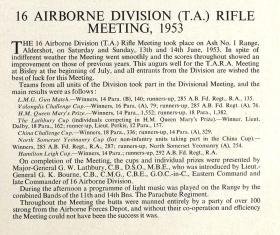
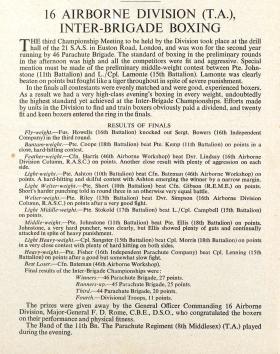
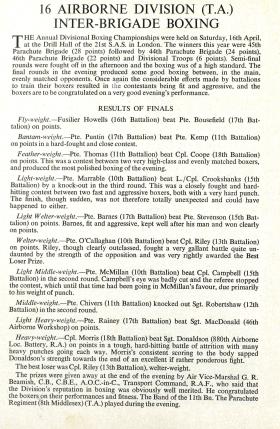
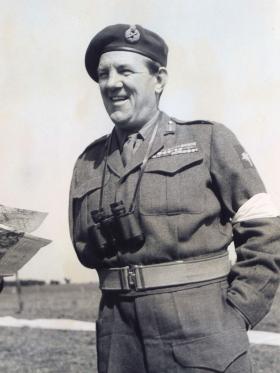
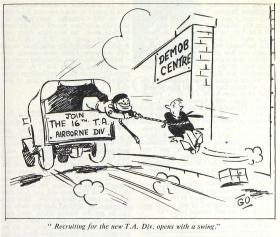
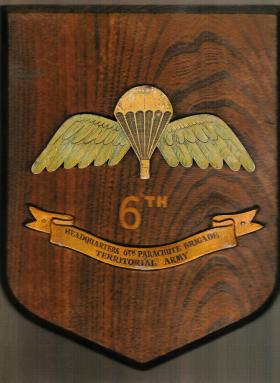
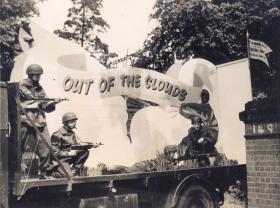
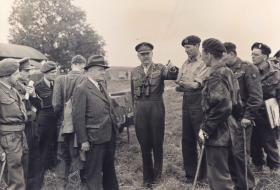
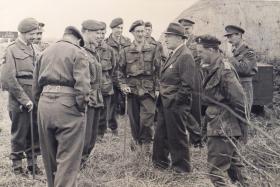
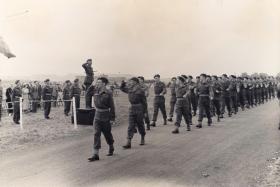
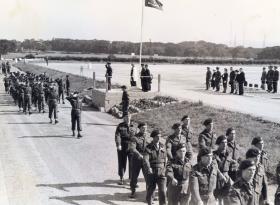
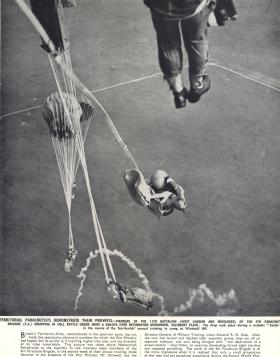

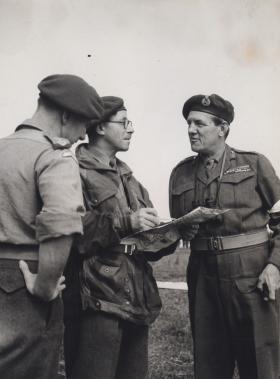
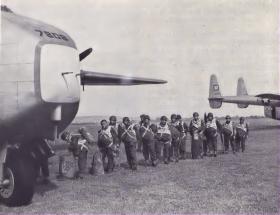
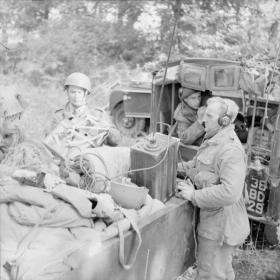

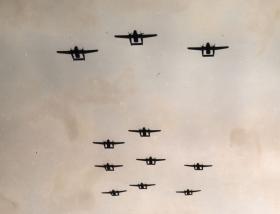
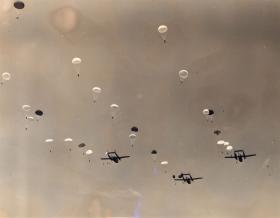
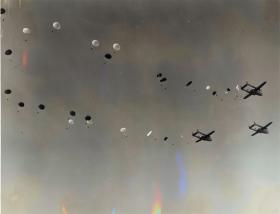
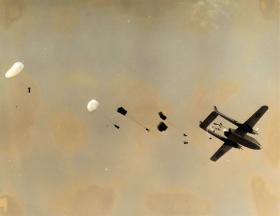
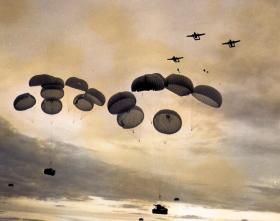
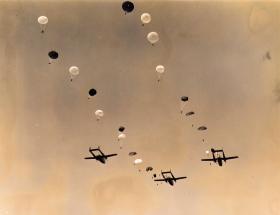
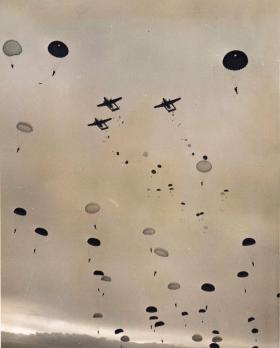
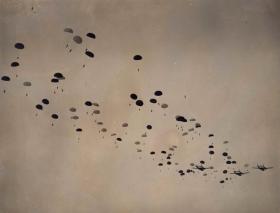
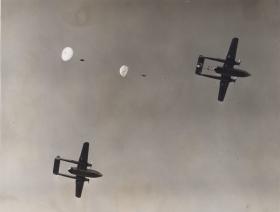
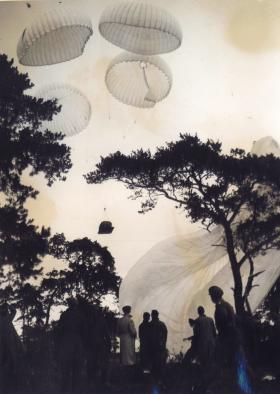
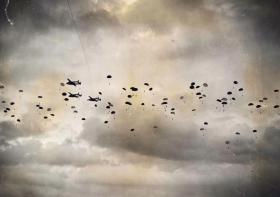
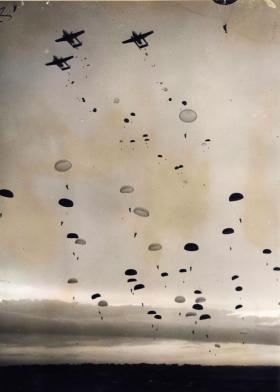
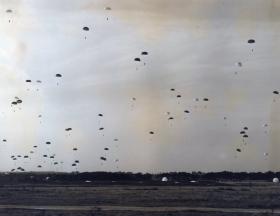
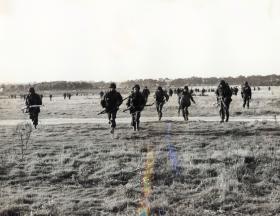
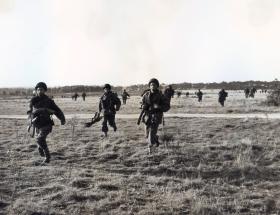
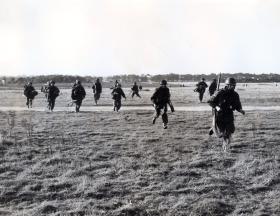
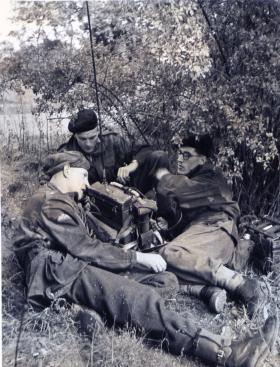
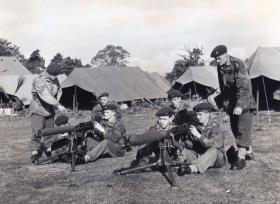
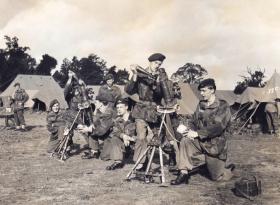
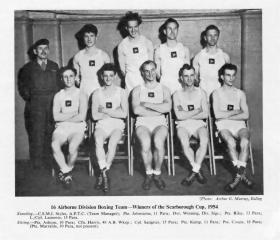
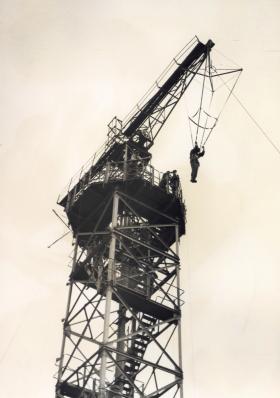
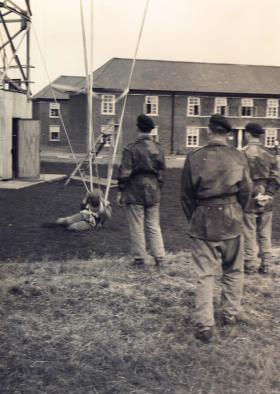
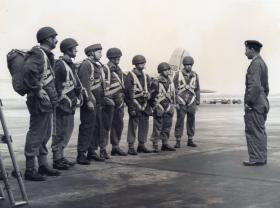
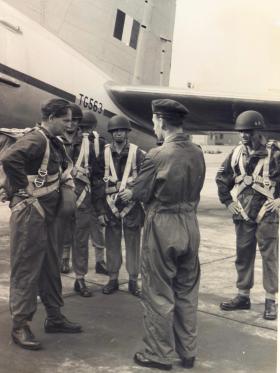
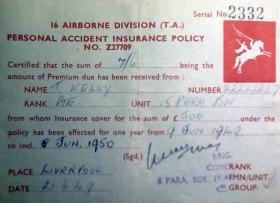
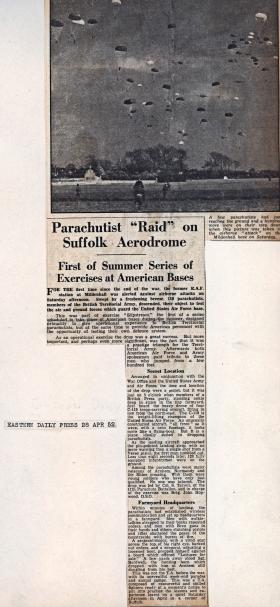
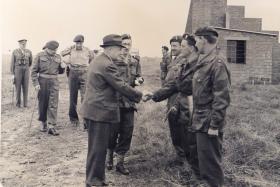
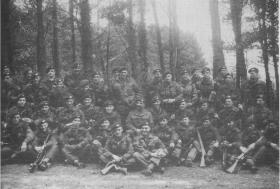
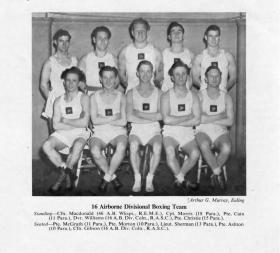

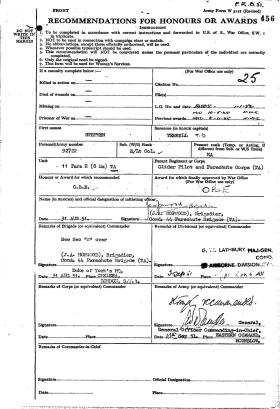
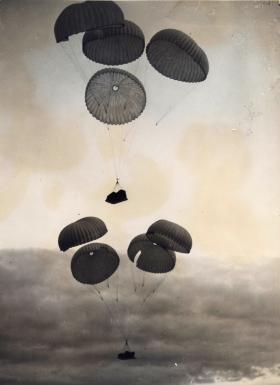
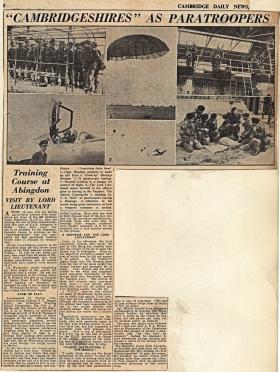
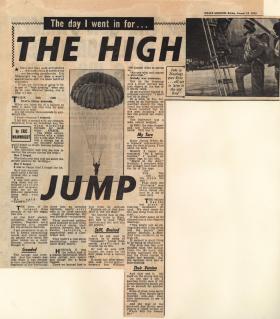
Latest Comments
There are currently no comments for this content.
Add Comment
In order to add comments you must be registered with ParaData.
If you are currently a ParaData member please login.
If you are not currently a ParaData member but wish to get involved please register.